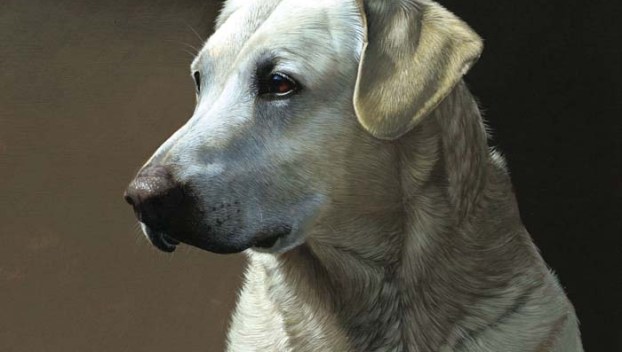
Ga Fl News
Tifton Museum of Arts and Heritage to host wildlife painter
TIFTON — Realistic paintings of south Georgia fields and forests, hunting dogs and birds by nationally esteemed wildlife ... Read more

TIFTON — Realistic paintings of south Georgia fields and forests, hunting dogs and birds by nationally esteemed wildlife ... Read more

TIFTON — Jeweled beetles, interactive displays with dancing bugs and taste-testing flavored crickets were just a few of ... Read more

TIFTON — The creations of 30 artists will be on display at the Tifton Museum of Arts and ... Read more

TIFTON — The Tifton Museum of Arts and Heritage held a Tuscany or Ten fundraiser gala on Apr. ... Read more